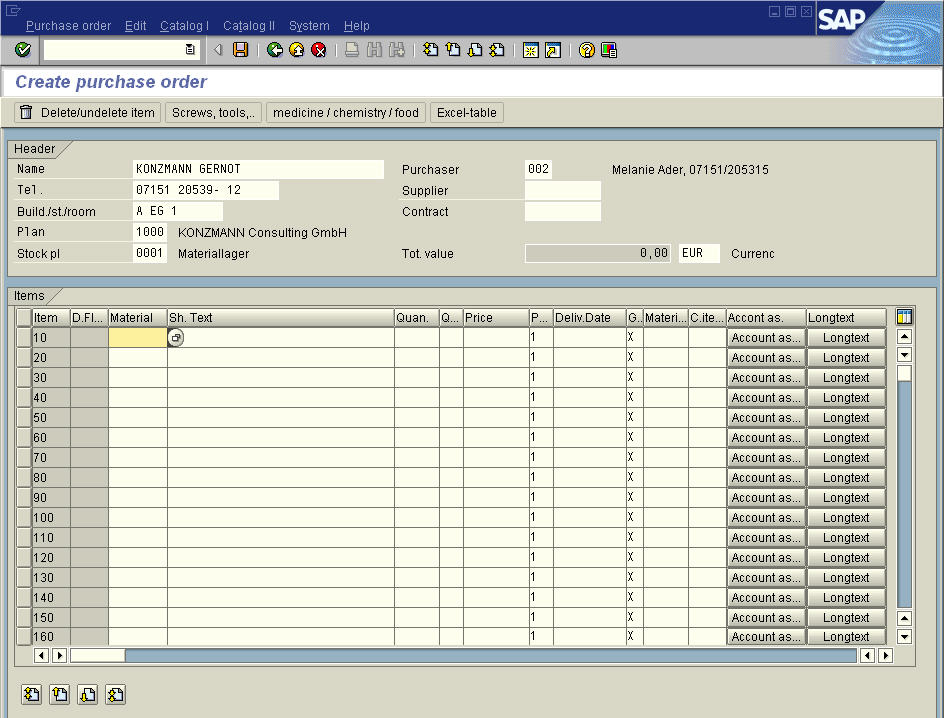Understanding Online Purchase Order Systems
Online purchase order systems, often referred to as PO systems, are digital platforms designed to automate and streamline the procurement process. These systems enable businesses to create, manage, and track purchase orders electronically, eliminating the need for manual paperwork and streamlining communication with suppliers. By centralising procurement activities and providing real-time visibility into purchasing workflows, online purchase order systems help businesses improve efficiency, reduce errors, and enhance collaboration.
Benefits of Integration
Integrating online purchase order systems into existing business operations offers numerous benefits:
- Streamlined Processes: Integration allows for seamless data flow between procurement systems and other business applications, automating tasks such as order creation, approval routing, and invoice processing.
- Improved Accuracy: By eliminating manual data entry and reducing the risk of errors, integration ensures that purchase orders are accurate and compliant with procurement policies and regulations.
- Enhanced Visibility: Integration provides real-time visibility into procurement activities, allowing stakeholders to track orders, monitor spending, and identify areas for improvement.
- Cost Savings: By optimising procurement processes and reducing administrative overhead, integration helps businesses save time and resources, ultimately driving cost savings and improving profitability.
- Efficient Collaboration: Integration facilitates seamless collaboration between internal departments, such as purchasing, finance, and inventory management, as well as external stakeholders, including suppliers and vendors.
Strategies for Integration
Successful integration of online purchase order systems requires careful planning and execution. Here are some strategies to consider:
- Assess Business Needs: Evaluate your organisation’s procurement processes, identify pain points, and define clear objectives for integration.
- Choose the Right System: Select an online purchase order system that aligns with your business requirements, considering factors such as features, scalability, and ease of integration.
- Customise Integration: Tailor the integration to suit your specific business needs, ensuring compatibility with existing IT infrastructure and business applications.
- Provide Training and Support: Train employees on how to use the integrated system effectively and provide ongoing support to address any challenges or issues.
- Monitor and Optimise: Continuously monitor the integration process, gather feedback from users, and make adjustments as needed to optimise performance and maximise benefits.

